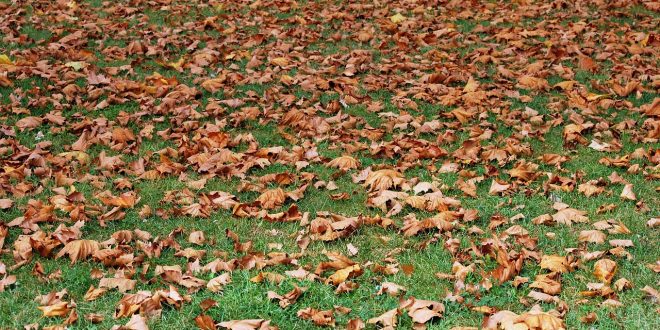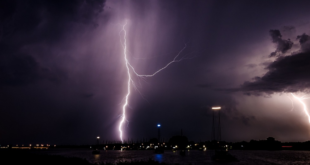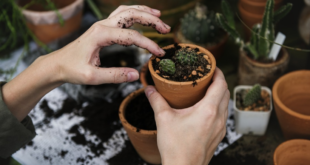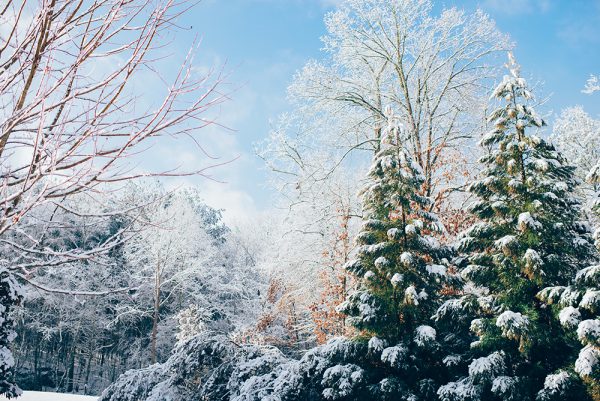November is here so it’s time to prepare for the cold weather. Wrap up well and get outside.
Prepare for the cold
Wrap any non-frost-resistant pots, or those containing vulnerable plants. Depending on your budget and how ‘pretty’ you want them to look you can cover them in bubble plastic, or more attractively, hessian stuffed with straw. Group your containers together (preferably in a sheltered spot) to give them that extra protection and it makes it easier to apply another layer if we get really severe weather.
Feeding, digging and tidying up
Use garden compost or well-rotted manure as a top dressing for borders or for digging in, if you didn’t get round to it last month. You can leave general application of fertilisers until early spring. Dig out perennial and evergreen weeds such as brambles and creeping buttercup.
Keep beds, containers and rock gardens clear of debris and fallen leaves, they can smother low-growing plants, and provide a haven for slugs and snails. Try to leave everything as clear as possible, the sharp frosts should hopefully kill off any pests lurking around the surface. Recycle leaves into leaf mould which is good for the garden, it may take up to two years to rot down completely, but the wait is worth it.
Think about next year and try to clear ground ready for new beds/planting – dig and leave the soil rough for the frost to break it down. If you can, try to add some garden compost or well-rotted manure at the same time. If your garden is on heavy clay soil, now is the time to start digging.
Moving Plants
You can still move most hardy plants this late in the season. Leave anything potentially vulnerable until the spring. Do not move plants if the weather is inclement, or the ground is frozen hard, waterlogged or compacted.
You can move roses provided they are not too old! The rose will have a deep, wiry, taproot so using a spade is not good idea as there is a risk of cutting the root. A decent fork to tease the rose out of the ground is better. When re-planting, reduce the height by at least half, and place a rich compost in the hole to ensure the roots re-establish.
November planting
Finish off any autumn planting if the ground is not too wet or frozen. All plants, except tender ones, raised in the garden from hardwood and semi-ripe cuttings or layering should also be planted out now in their final growing positions. Leave tender plants in pots under cover until the spring. Hardy climbers, such as jasmine and honeysuckle are very easy to propagate from hardwood cuttings. Take from now until early spring.
Start planting bare-root trees and fruit bushes once they are available. Usually the soil is still warm and not too wet. These conditions encourage quick rooting and help the plants to get established. At this time of year it is important to support the tree with a good solid stake and tie. As a guide the average tree at the garden centre will be have a stem size 8-10 cm in girth. As a minimum this should have a round stake which itself will be 50-75 mm diameter and have at least one tree tie attached just under the first break of branches.
Lawncare
Keep your lawn clear of leaves. With strong winds at this time of year, one day your lawn can be clear and the next day covered. If you haven’t cleared these fallen leaves then make sure you get out there and sweep them off the lawn as soon as possible. If left they will block the light, this will weaken the grass and encourage the development of diseases.
Winter colour
For some immediate colour in your garden, the F1 hybrid pansies are still excellent value for money. If planted now in colour, they will go though to next year. Replace them with fresh stock if they start to look a bit tired. Deadhead as often as possible to prolong flowering and to prevent them from making seed.
Repairs
While plants are dormant over the winter carry out repairs to trellis, pergolas and any other structures which support plants. Don’t apply paint and stain if the weather is wet or frosty. Check for repairs needed before winter cold, rain and wind (or unexpected gales!) causes additional damage. Repair the Greenhouse when it is warm enough to leave plants outside.
Ponds
Net over the whole of the surface of ponds to avoid them filling up with leaves and becoming a real headache in the spring. This is especially important if there are fish in it. More debris in the pond means less oxygen for the fish. Pull the netting as tight as possible to ensure falling leaves rest on top and blow away, rather than sitting in the netting resting on the water.
Leave pumps on. Clean out the filters before the netting goes over. Use a floating pond heater if the pond is prone to icing. For general care of your fish, reduce their feeding as the water temperature reduces, so will the fish activity.
 Gardeners Club The Gardeners Club is a free to join online club for everyone with an interest in gardening and gardens.
Gardeners Club The Gardeners Club is a free to join online club for everyone with an interest in gardening and gardens.






